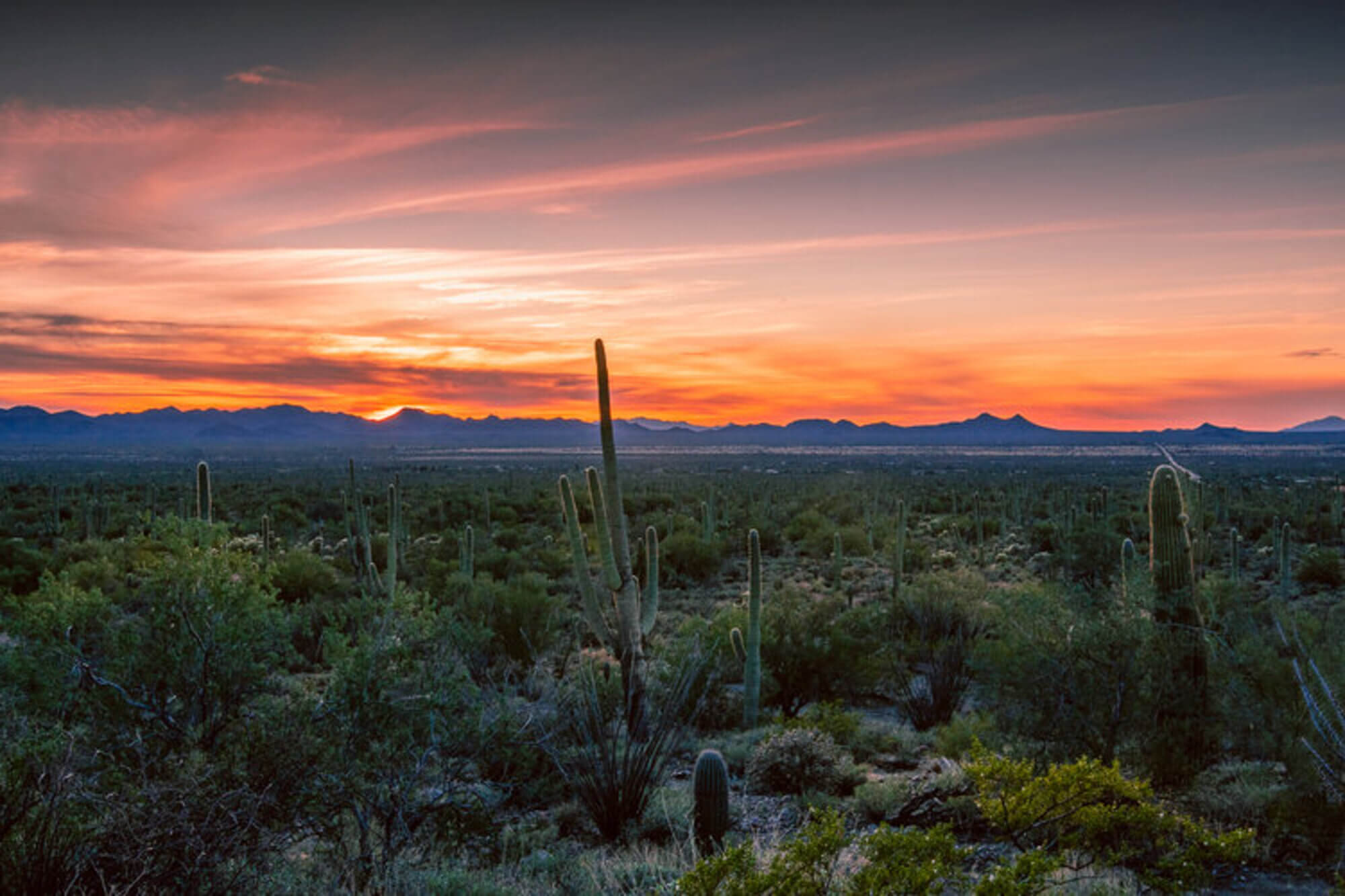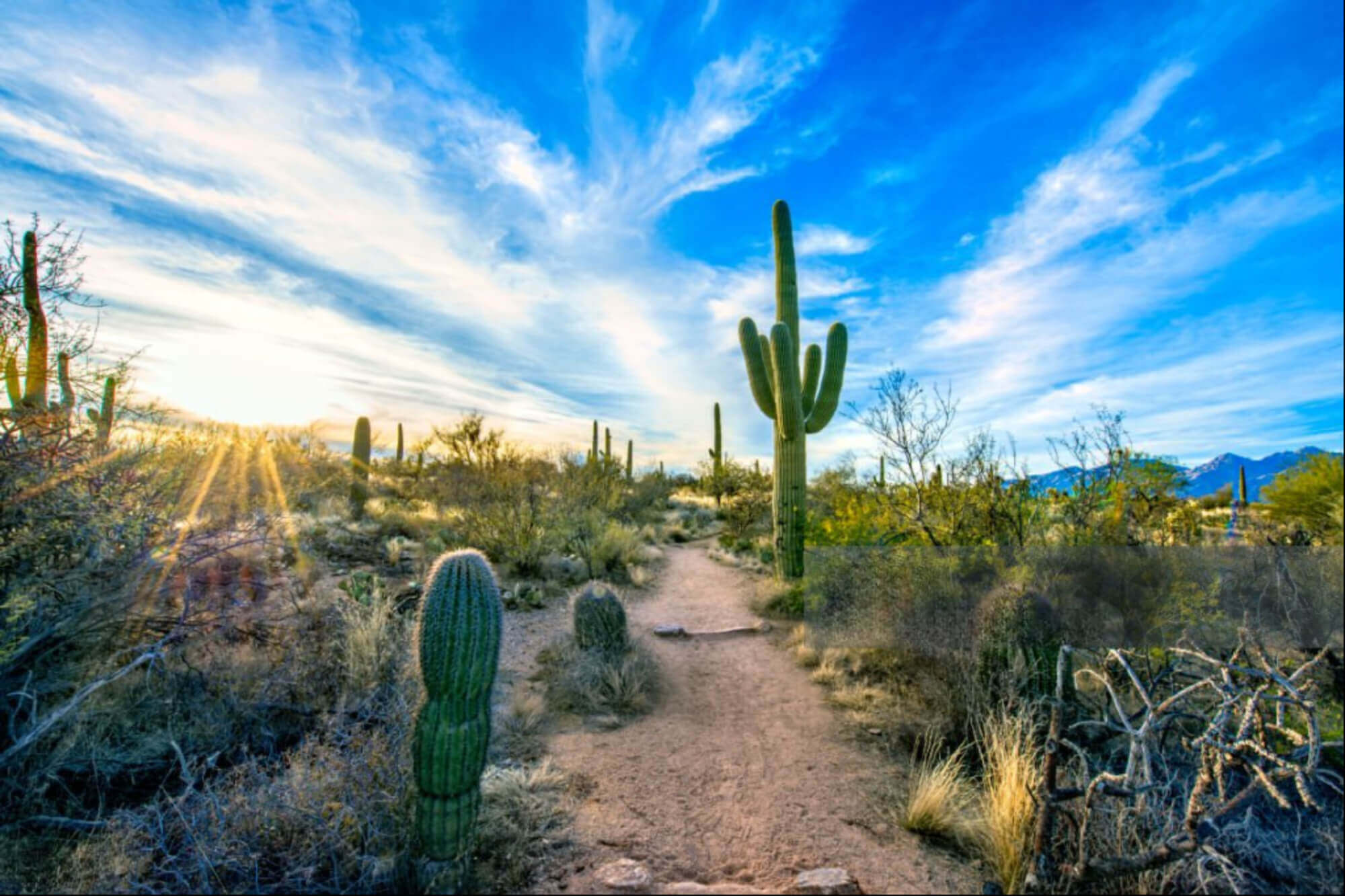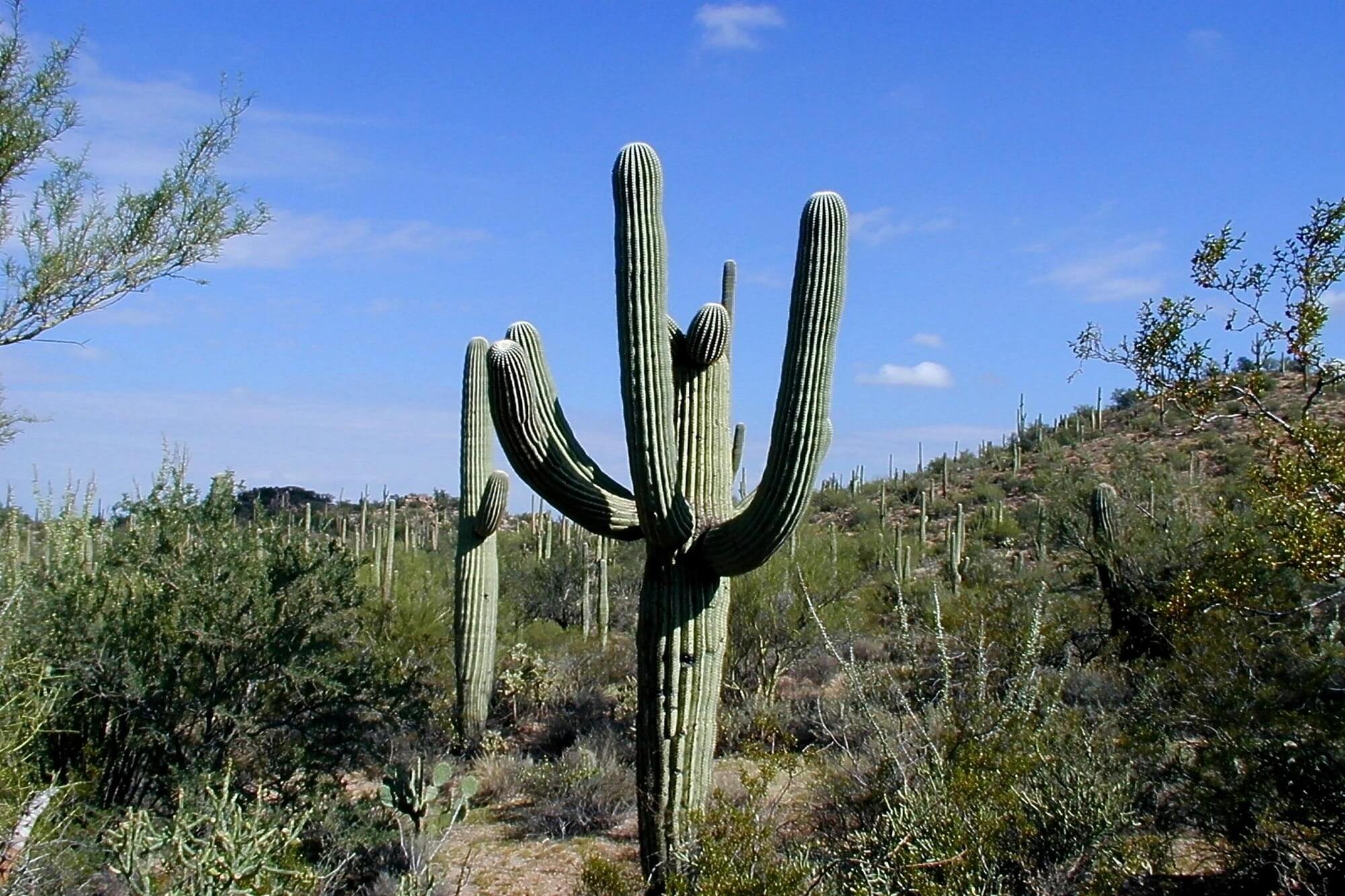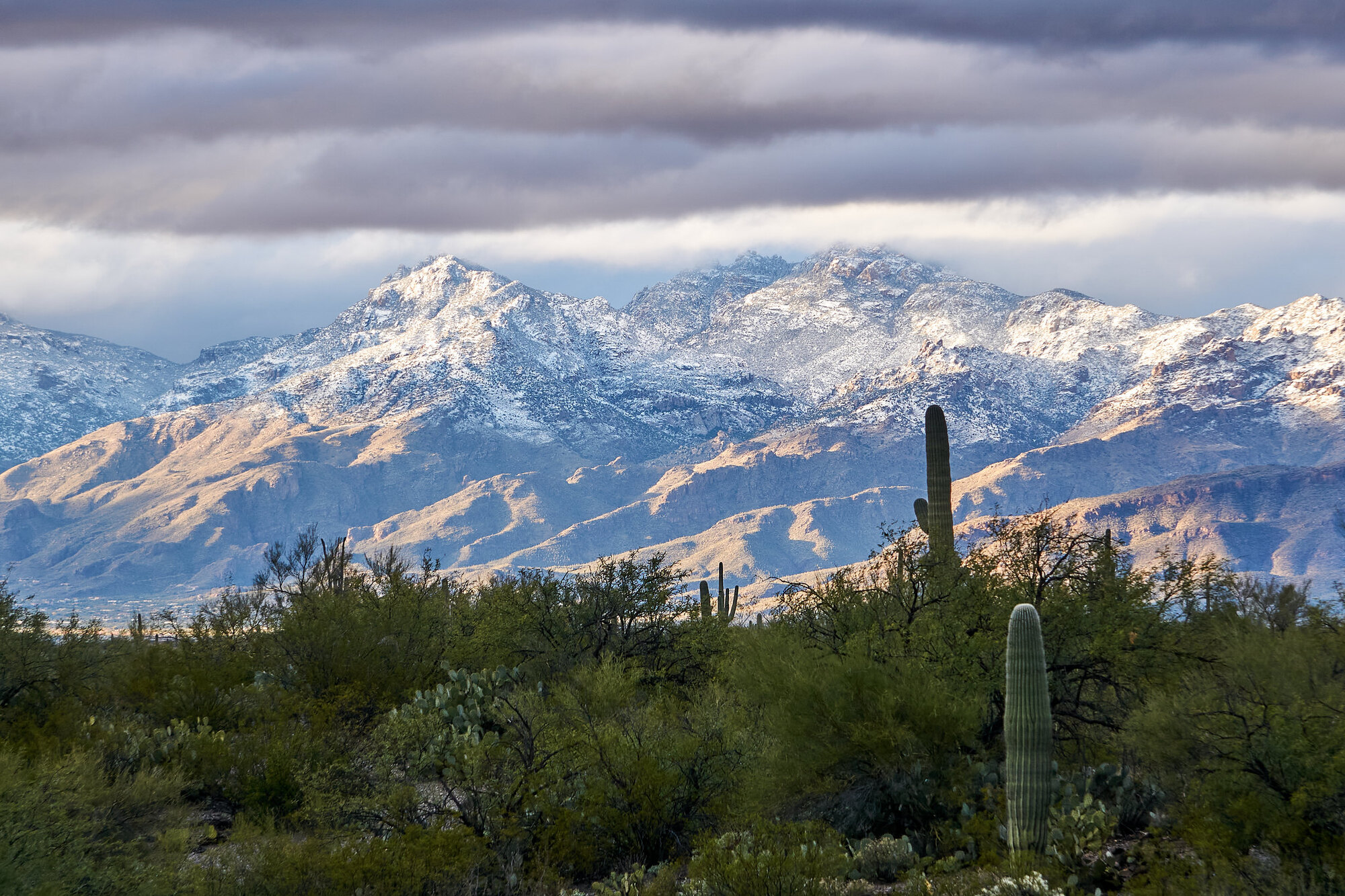Saguaro National Park is a photographer’s paradise. It’s home to iconic cacti and stunning landscapes.
Capturing the beauty of Saguaro National Park requires more than just a camera. The towering cacti, vibrant sunsets, and unique wildlife offer endless opportunities for photographers. Each visit promises a new perspective and a fresh scene to capture. Whether you’re a seasoned professional or a budding enthusiast, this park provides a canvas like no other.
It’s a place where nature’s grandeur is on full display. This blog post will explore tips and techniques to help you make the most of your photography adventure in Saguaro National Park. Get ready to discover the secrets behind capturing breathtaking shots in this natural wonderland.
Best Times To Visit
Planning a trip to Saguaro National Park? Timing is key for capturing the most stunning photos. The park’s beauty changes with the seasons, offering unique photography opportunities throughout the year. Below, we break down the best times to visit for optimal photography.
Seasonal Highlights
Spring (March to May) is ideal for vibrant wildflower blooms. The desert comes alive with colors, making it perfect for close-up shots of flowers and wide landscape views.
Summer (June to August) can be very hot. Early mornings and late afternoons offer cooler temperatures and dramatic skies. You might capture thunderstorms and unique cloud formations.
Fall (September to November) features milder temperatures and fewer crowds. The golden light during this season adds a warm glow to your photos.
Winter (December to February) has cooler weather and clear skies. The iconic saguaro cacti look striking against the bright blue winter sky.
Optimal Lighting Conditions
Photography is all about light. For Saguaro National Park, the golden hours offer the best lighting conditions. These hours are shortly after sunrise and just before sunset.
Here’s a quick guide:
- Sunrise: Soft, warm light enhances the landscape. The park is peaceful and less crowded.
- Mid-morning: Shadows become harsher. Good for high-contrast shots.
- Midday: Brightest light, but can be too harsh. Use this time to explore and scout locations.
- Sunset: Colors become rich and warm. The cacti silhouettes create dramatic compositions.
Remember, the desert environment can change rapidly. Always check the weather forecast for the best photography conditions.

Credit: www.mountainphotography.com
Essential Gear
Photographing Saguaro National Park is an incredible experience. To capture its beauty, you need the right gear. Below are essential items to help you take stunning shots.
Camera Equipment
Your camera equipment is critical for capturing the park’s landscapes and wildlife.
- DSLR or Mirrorless Camera: These offer high-quality images and flexibility.
- Wide-Angle Lens: Ideal for capturing the vast landscapes and iconic saguaro cacti.
- Telephoto Lens: Useful for wildlife photography and distant subjects.
Accessories
Essential accessories can make a big difference in your photography experience.
| Accessory | Purpose |
|---|---|
| Tripod | For stable, long-exposure shots. |
| Lens Filters | To manage light and enhance colors. |
| Extra Batteries | Ensure you don’t run out of power. |
| Memory Cards | Extra storage for your photos. |
With the right gear, your photography at Saguaro National Park will be memorable.
Photographic Techniques
Saguaro National Park offers stunning landscapes perfect for photography. The giant Saguaro cacti, unique wildlife, and beautiful sunsets make it a dream location for photographers. To capture the best shots, focus on specific photographic techniques. Let’s explore some effective tips.
Composition Tips
Consider the rule of thirds for balanced shots. Position the subject off-center. This creates a more engaging image. Use leading lines to guide the viewer’s eye. Roads, trails, and cactus arms work well for this. Look for interesting angles. Shoot from low angles to highlight the height of the cacti. Use the foreground to add depth. Include rocks, plants, or smaller cacti.
Exposure Settings
Adjust your camera settings for the best exposure. The golden hour offers soft light. Shoot during sunrise or sunset for warm tones. Use a low ISO to reduce noise. A setting of 100 or 200 is ideal. Set a small aperture for a greater depth of field. An f/11 or higher works well. A slow shutter speed captures more light. This is useful for low-light conditions.

Credit: belindashi.com
Iconic Locations
Exploring Saguaro National Park is a photographer’s dream. The park offers iconic locations that capture the essence of the American Southwest. From towering cacti to ancient petroglyphs, every corner of the park is a visual delight. Two of the most famous spots are the Cactus Forest and Signal Hill Petroglyphs. These locations provide endless opportunities for stunning photographs.
Cactus Forest
The Cactus Forest is a must-visit for every photographer. It is home to the park’s namesake, the giant saguaro cactus. These towering giants can reach up to 60 feet in height. The forest is especially magical during sunrise and sunset. The golden light casts long shadows and highlights the cacti beautifully.
Remember to bring a wide-angle lens. This will help you capture the vastness of the landscape. A tripod can also be useful for stability and long-exposure shots. Here are some tips for photographing the Cactus Forest:
- Visit during the golden hour for the best light.
- Use a wide-angle lens to capture the entire scene.
- Experiment with different angles and perspectives.
- Take close-up shots of the cactus needles and flowers.
Signal Hill Petroglyphs
Signal Hill is another iconic location in Saguaro National Park. It features ancient petroglyphs carved into the rocks by the Hohokam people. These petroglyphs date back over 800 years. They provide a glimpse into the history and culture of the region.
The petroglyphs are best photographed during the early morning or late afternoon. This is when the light is soft and the shadows are long. A telephoto lens can help you capture the details of the carvings. Here are some photography tips for Signal Hill:
- Use a telephoto lens for detailed shots of the petroglyphs.
- Photograph during the golden hour for the best lighting.
- Be mindful of the delicate nature of the petroglyphs.
- Include the surrounding landscape for context.
Both the Cactus Forest and Signal Hill offer unique photographic opportunities. They capture the beauty and history of Saguaro National Park. So grab your camera and start exploring these iconic locations.
Wildlife Photography
Wildlife Photography in Saguaro National Park offers a unique experience. The park is home to a variety of animals. Capturing these creatures in their natural habitat can be rewarding. Whether you are a professional or an amateur, there is always something new to discover.
Common Animals
Saguaro National Park is teeming with wildlife. Here are some common animals you might encounter:
- Coyotes – Often seen in the early morning or late evening.
- Javelinas – These pig-like animals are usually found in groups.
- Gila Monsters – A rare sight, but they are around.
- Roadrunners – Quick and elusive, keep your camera ready.
- Desert Tortoises – Slow-moving and often hidden under shrubs.
Safety Tips
Photographing wildlife can be thrilling, but safety is paramount. Here are some tips to keep in mind:
- Keep Your Distance – Always maintain a safe distance from animals. Use a zoom lens to get close-up shots.
- Stay Quiet – Avoid making loud noises that could startle the animals.
- Know Your Surroundings – Be aware of your environment to avoid stepping on or disturbing wildlife.
- Do Not Feed Animals – Feeding wildlife can be harmful to them and dangerous for you.
- Carry a First Aid Kit – Be prepared for minor injuries or bites.
Remember, the goal is to capture the beauty of wildlife without disturbing their natural behavior. Respect their habitat and enjoy the experience.
Night Photography
Night photography in Saguaro National Park offers a magical experience. The park’s vast desert landscape and clear skies create perfect conditions. Capture the beauty of the night sky in stunning detail. Here, we’ll explore two key aspects of night photography: capturing the Milky Way and star trails.
Capturing The Milky Way
The Milky Way is a stunning sight to behold. To capture it, head to a dark location in the park. Ensure there is minimal light pollution. Use a wide-angle lens with a large aperture. This allows more light to enter the camera. Set your ISO between 1600 and 3200. This will help to capture more light. Use a tripod to keep your camera steady. Set a long exposure time, around 15-30 seconds. This helps to capture the faint details of the Milky Way. Experiment with different settings to find the perfect shot.
Star Trails
Star trails create beautiful, circular patterns in the sky. To capture star trails, find a dark spot in the park. Use a tripod to keep your camera steady. Set your camera to a long exposure mode. Use a remote shutter release to avoid camera shake. Set your ISO to around 800-1600. Use a wide-angle lens with a large aperture. This allows more light to enter. Set your exposure time to several minutes. This will capture the movement of the stars. You can also stack multiple shorter exposures for the same effect. Enjoy the mesmerizing patterns created by the stars.
Editing Your Photos
Editing your photos can transform good shots into stunning images. It enhances colors, sharpens details, and corrects any mistakes. Here, we offer essential tips and software recommendations to make your photos from Saguaro National Park shine.
Post-processing Tips
- Adjust Lighting: Use exposure and contrast adjustments to fix overly bright or dark areas.
- Enhance Colors: Boost vibrance and saturation to make the colors pop, especially the greens of the saguaros.
- Sharpen Details: Apply sharpening tools to bring out fine details in the cacti and landscape.
- Remove Imperfections: Use spot removal tools to clean up dust spots or unwanted objects.
- Crop and Straighten: Trim unnecessary parts and correct the horizon line for a balanced composition.
Software Recommendations
| Software | Description |
|---|---|
| Adobe Lightroom | Great for comprehensive editing and organizing photos. User-friendly interface with powerful tools. |
| Photoshop | Ideal for detailed edits and creative effects. Extensive features for advanced users. |
| GIMP | Free and open-source. Suitable for basic to intermediate edits with a variety of tools. |
| Capture One | Professional-grade software. Offers excellent color grading and tethered shooting capabilities. |
Editing your Saguaro National Park photos with these tips and tools will make your images stand out. Happy editing!

Credit: www.mountainphotography.com
Photography Etiquette
Photographing the beauty of Saguaro National Park is a rewarding experience. To keep this place special, follow some simple guidelines. Respect the park, its nature, and other visitors.
Respecting Nature
Nature is fragile. Treat it with care. Stay on marked trails. Avoid trampling plants and flowers. Do not disturb wildlife. Keep a safe distance from animals. Never feed them.
Pick up any litter you see. Leave no trace. Pack out what you pack in. This helps keep the park clean and beautiful. Do not carve your name on cacti. Preserve the natural beauty for others.
Interacting With Other Visitors
Be courteous to other visitors. Share popular spots for photos. Do not block paths or viewpoints for long periods. Wait your turn patiently. Respect their space and experience.
Speak softly. Loud noises can disturb both people and animals. Use headphones if listening to music. This ensures a peaceful environment for everyone.
Frequently Asked Questions
What Is The Best Time To Visit Saguaro National Park?
The best time to visit Saguaro National Park is from October to April. The weather is pleasant and perfect for photography. Early mornings and late afternoons offer the best light for capturing stunning photos.
What Equipment Should I Bring For Photography?
Bring a DSLR or mirrorless camera, various lenses, a sturdy tripod, and extra memory cards. A wide-angle lens is essential for capturing vast landscapes. Don’t forget to bring a polarizing filter to reduce glare.
Are There Any Photography Restrictions In The Park?
Yes, drones are not allowed in Saguaro National Park. Always stay on designated trails and respect wildlife. Follow the Leave No Trace principles to preserve the natural beauty of the park.
Where Can I Find The Best Photo Spots?
Some of the best photo spots include Signal Hill, Cactus Forest Drive, and Javelina Rocks. The Bajada Loop Drive offers numerous scenic viewpoints. Sunset and sunrise provide the best lighting conditions.
Conclusion
Saguaro National Park offers stunning photography opportunities. Capture the towering cacti at sunrise. The desert landscape provides unique scenes. Wildlife adds to the charm. Plan your visit during cooler months. Bring plenty of water. Respect the natural habitat. Enjoy the beauty and serenity.
Your camera will thank you. Happy shooting!






